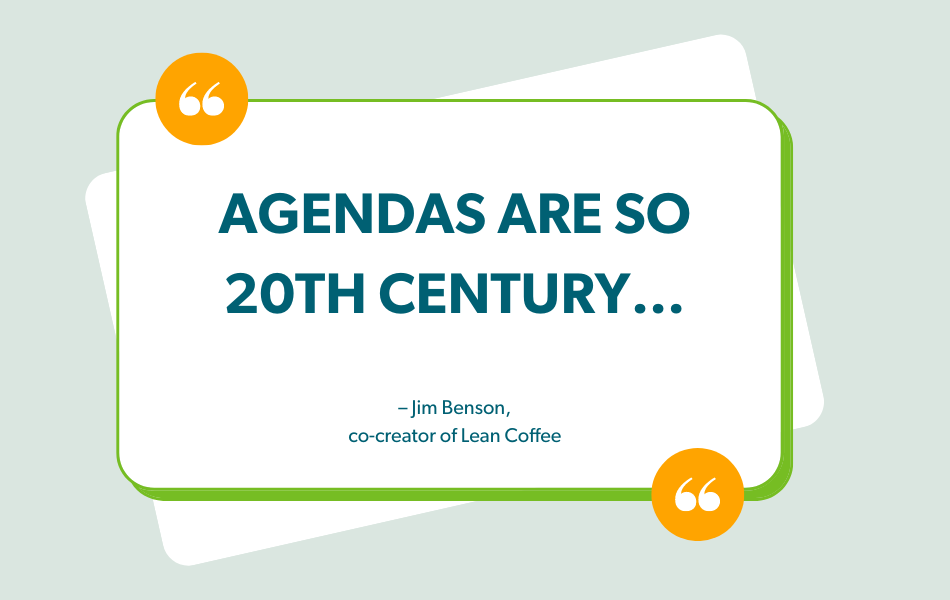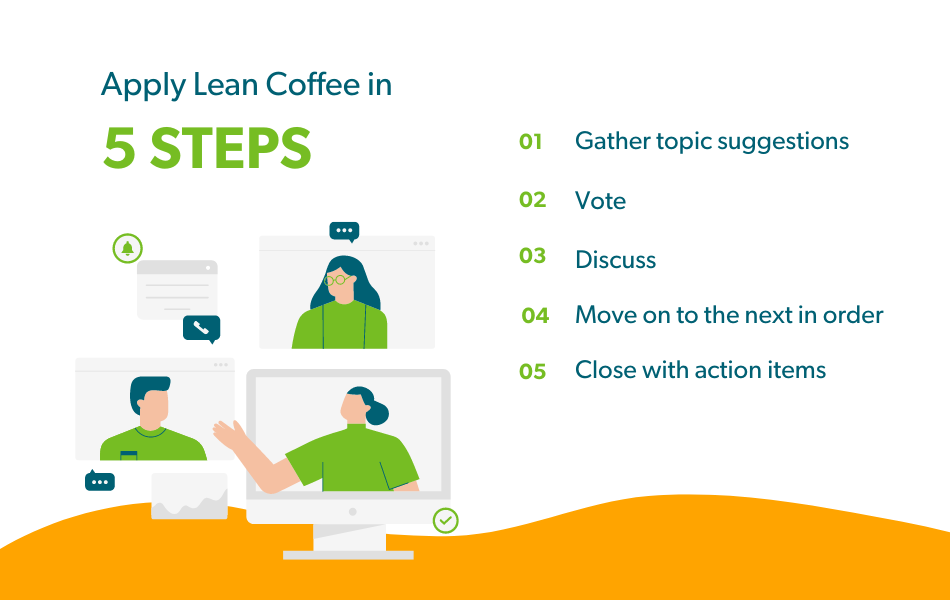-
- marketing agility
- Teams
- Organizations
- Education
- enterprise
- Articles
- Individuals
- Transformation
- Solution
- Leadership
- Getting Started
- business agility
- agile management
- going agile
- Frameworks
- agile mindset
- Agile Marketing Tools
- agile marketing journey
- organizational alignment
- Agile Marketers
- People
- Selection
- (Featured Posts)
- strategy
- agile journey
- Metrics and Data
- Kanban
- Resources
- Why Agile Marketing
- agile project management
- self-managing team
- Meetings
- Scrum
- agile adoption
- scaled agile marketing
- tactics
- scaled agile
- AI
- Agile Meetings
- agile marketing training
- agile takeaways
- Agile Leadership
- agile coach
- enterprise marketing agility
- Scrumban
- state of agile marketing
- team empowerment
- Intermediate
- agile marketing mindset
- agile marketing planning
- agile plan
- Individual
- Team
- Videos
- agile marketing
- kanban board
- Agile Marketing Terms
- agile transformation
- traditional marketing
- FAQ
- agile teams
- Agile Marketing Glossary
- CoE
- Scrumban
- agile
- agile marketer
- agile marketing case study
- agile marketing coaching
- agile marketing leaders
- agile marketing methodologies
- agile marketing metrics
- agile pilot
- agile sales
- agile team
- agile work breakdown
- cycle time
- employee satisfaction
- marketing value stream
- marketing-analytics
- remote teams
- sprints
- throughput
- work breakdown structure
- News
- agile brand
- agile marketing books
- agile marketing pilot
- agile marketing transformation
- agile review process
- agile team charter
- cost of delay
- hybrid framework
- pdca
- remote working
- scrum master
- stable agile teams
- stand ups
- startups
- team charter
- team morale
- user story
- value stream mapping
- visual workflow

The last thing anyone wants these days is another pointless meeting. Most people working in non-Agile organizations are bombarded with them daily. In most cases, they’re unnecessary, boring, and don’t create any actual value.
Being stuck in meetings is distracting, rather than productive, and interrupts your focus.
The rigid structure of traditional meetings, often with only one person talking, can lead to missed opportunities and lost perspective on what actually matters to the group.
Done poorly, meetings can really sabotage team efficiency. Time is limited and you don’t want to waste it. In fact, an estimated $37 billion is lost per year to unproductive meetings. Fortunately, there are ways to avoid all of this.
Hate Meetings? Try Agile
Agile methodology is designed to ensure fewer and shorter meetings, with an emphasis on creating value rather than having a meeting for the sake of having a meeting. Long and unnecessary meetings can severely undermine an Agile organization, which is why the Agile frameworks themselves are designed to prevent them.
One of the approaches that Agile marketing teams use to have purposeful, value-driven meetings is Lean Coffee. The objective is to make the most of everyone’s time and ensure all members take an active part in the meeting. Below, we break down everything you need to harness the power of the Lean Coffee format to make your team meetings useful again.
Lean Coffee Explained
In 2009, Jim Benson and Jeremy Lightsmith introduced the concept of Lean Coffee. Their goal was to create a meeting that would encourage discussion and unlock the power of Lean techniques in knowledge work.
Lean Coffee is a meeting without an agenda but which still uses structure to quickly pinpoint the most important topics that require discussion. The meeting is actually run without a facilitator. Instead, Lean Coffee is designed to let teams create their own agenda on the spot, vote on important topics, discuss them, and come up with valuable action items.
The concept is popular among the members of the Agile community as it allows them to have an effective meeting that doesn’t feel like a waste of time. With the Lean Coffee structure, conversations become more meaningful and productive compared to the basic structure of having a set agenda beforehand and a facilitator who is the only one speaking most of the time.

Why Marketing Teams Choose Lean Coffee
Many Agile marketing teams choose Lean Coffee as their preferred meeting format for a number of different reasons:
Collaboration
The special thing about Lean Coffee is that everyone takes an equally active part in the meeting. By working together and creating their own agenda, team members engage with timely topics that matter to them and are closely tied to the efficiency of their workflow.
Value
The purpose of this format is to make sure the meeting is beneficial to all participants. Everyone is able to voice their ideas and concerns equally. Giving control to the group will produce more meaningful outcomes than having one facilitator dominate the conversation and decide what the outcomes should be.
Creativity
This format empowers individuals to be active and get involved. Without the rigid and restraining structure we’re familiar with, team members are able to unleash their creativity and come up with unconventional but brilliant ideas that can improve the workflow, solve problems and reveal new opportunities.
When to run Lean Coffee
The best thing about this meeting format is that it can be applied in any circumstances. Most Agile marketing teams use it for brainstorming sessions, retrospectives, and problem-solving.
Retrospectives
The Lean Coffee retrospective allows you to reflect on a past sprint or project by generating discussion topics and closing with valuable action items. In this format, the conversation is fluid and everyone's voice can be heard.
Imagine you’ve launched a marketing campaign that was very well thought out but somehow the results aren’t what you expected. You can gather the team for a Lean Coffee retro, see what topics surface, and discuss them openly. This way, you can identify what went wrong and what can be improved as a group.
Brainstorming sessions
Lean Coffee is especially useful for brainstorming sessions. Let’s say you’re thinking about adding new features to an existing product. The encouraging and collaborative nature of the meeting creates a safe space where everyone can suggest ideas even if they sound crazy at first. After voting and discussing, it’s very likely the team will end up with great points that can be turned into new action items or campaigns.
Problem-solving sessions
Problem-solving doesn’t have to be stressful. This format is suitable for diving into specific issues, identifying the root cause, and brainstorming solutions that can turn problems into real opportunities.
Lean Coffee FAQ
If the concept of Lean Coffee is still unclear to you, here are some frequently asked questions that marketing organizations undergoing an Agile transformation have asked us in the past.
Why is it called Lean Coffee?
Lean Coffee involves the concept of Lean Thinking done in an informal setting such as a coffee shop, open space, or virtual room. Although it’s called Lean Coffee, it isn’t mandatory to have coffee at your meeting (but it helps!)
What’s the purpose of Lean Coffee?
The purpose of Lean Coffee is to have fewer meetings with higher value by giving voice to everyone on the team and actively involving them in meaningful conversations.
Why do Agile marketing teams use this format?
Although this concept originated in software development, marketers saw the potential and the benefits of Lean Coffee for their own touchpoints. The format is rewarding, exciting, and creates the type of value marketers need to be successful.
Before learning how to apply lean coffee, why don't you take a second to get our Agile Marketing Transformation Checklist?
How to Apply Lean Coffee With Your Team
Now that you know the value Lean Coffee can bring to your team, let's see how you can run one. Spoiler alert: It’s easier than you think.

Start by scheduling an hour meeting with the team and let’s begin.
The Agenda is No Agenda
The meeting begins with getting together with the team and gathering suggestions. All participants should add the topics they’d like to discuss to a digital Kanban board or whiteboard. Depending on the type of Lean Coffee, there can already be a general theme such as a project retro or brainstorming session for a new product launch, while others can be completely fluid.
The time you should allocate for this phase is five minutes.
Vote
Once all suggestions are gathered, set a timer, and give everyone 2 minutes to vote on their favorite topics. The voting can occur through a virtual tool or by drawing a dot on the sticky notes. Each participant can get two votes that they can assign to different topics or for the same thing twice if they really want to make sure that topic gets addressed.
The topics that get the most votes become the agenda for the meeting. As a result, the meeting is always structured around topics the group is interested and invested in.
Discuss
Now that you know what’s on the agenda for the meeting, set the timer for eight minutes, and start discussing the first topic. You can choose the order of topics by the number of votes they’ve received. As a result, there is an opportunity for each person who suggested a topic to discuss it in detail. The time for this phase is 8 minutes per topic.
Move on
Once the timer expires, ask everyone if they want to continue or if they are ready to end the discussion. If there is consensus that a topic has been covered, proceed on to the next one until you go over everything, if the time for the meeting allows it.
Close
This is the last stage of Lean Coffee. After the discussion is over, leave a few minutes to review the action items and get final feedback from the group.
Valuable Practices Make Agile Teams Efficient
As we know, marketers don't like limiting themselves to a single method for applying Agile. They take valuable practices from different frameworks and make their own unique path. That’s exactly what they’ve done with Lean Coffee as well. So don’t feel bound to try Lean Coffee 100% the way we described. Vary the timing, the focus, and the guest list to find the best version of Lean Coffee for your teams.
But we highly recommend that you give it a try. There’s no telling what level of meeting efficiency you’ll be able to unlock through applying this meeting format to different scenarios! Despite how frustrating they can sometimes be, meetings are an essential part of collaboration and often have the potential to be more efficient than our other modes of communication like emails and IMs.
After all, achieving team-wide efficiency and effectiveness is a crucial part of a successful Agile marketing transformation, and a pretty nice outcome even if you’re not trying Agile, specifically. Remember, all you have to lose is meetings everyone dreads anyway.
Before moving on, don't forget to get your copy of our Agile Marketing Transformation Checklist.
Topics discussed
Improve your Marketing Ops every week
Subscribe to our blog to get insights sent directly to your inbox.



